Presidential Trees: A Legacy of History
Exploring the Historic Trees Planted by U.S. Presidents

Introduction to Presidential Trees
Throughout U.S. history, presidents have contributed significantly to the aesthetic and cultural landscape of the White House grounds. One of the most enduring legacies of these leaders is the planting of trees that have stood the test of time, symbolizing their contributions to American gardening and history. This article explores the stories behind some of the most notable presidential trees, including those planted by Andrew Jackson, Abraham Lincoln, and George Washington.
Andrew Jackson’s Southern Magnolias
Among the oldest trees on the White House property are two Southern Magnolias (*Magnolia grandiflora*) planted by Andrew Jackson. These trees were brought from his home in Nashville, Tennessee, as a tribute to his late wife, Rachel. The magnolias have been a prominent feature of the White House South Portico since the early 19th century and continue to bloom majestically, serving as a living memory of Jackson’s love for his wife.
Why Magnolias?
Magnolias were Rachel Jackson’s favorite tree, and planting them was a heartfelt gesture by Andrew Jackson. The magnolias not only add beauty to the White House but also carry a personal significance that transcends their botanical value. They have become an integral part of the White House’s historic landscape, often featured in photographs and illustrations of the property.
Abraham Lincoln’s Honey Locust
Abraham Lincoln, known for his humble beginnings and deep connection with nature, planted a Honey Locust (*Gleditsia triacanthos*) during his presidency. This tree, though not as famously documented as some others, represents Lincoln’s commitment to the natural beauty of the White House grounds. The Honey Locust is known for its robust growth and is often planted in gardens for its shade and ornamental value.
Lincoln’s Connection to Nature
Lincoln’s upbringing in rural Kentucky and his love for the outdoors influenced his decisions regarding the White House gardens. His planting of a Honey Locust reflects his appreciation for trees that could provide shade and beautify the landscape, aligning with his broader vision for a unified and prosperous America.
George Washington’s Tulip Poplar
Although George Washington did not plant a tree directly at the White House during his tenure, a Tulip Poplar (*Liriodendron tulipifera*) from Mount Vernon, his estate, was planted on the White House grounds. The Tulip Poplar is one of the tallest trees in North America and is native to the eastern United States. It symbolizes Washington’s legacy as a forester and his interest in cultivating beautiful and sustainable landscapes.
Washington’s Agricultural Legacy
George Washington was a skilled farmer and horticulturist who experimented with various crops and trees at Mount Vernon. His interest in botany and forestry led to innovations in tree planting and care, which continues to influence gardening practices today. The Tulip Poplar, a tree species Washington admired, represents his commitment to preservation and enhancement of natural beauty.
Other Notable Presidential Trees
Beyond these three presidents, other notable trees have been planted at the White House. These include the White Dogwood planted by Bill Clinton as a memorial and the ‘Cherokee Princess’ Flowering Dogwood planted by George W. Bush to commemorate his daughter’s wedding.
Bill Clinton’s White Dogwood
In 1996, President Bill Clinton planted a White Dogwood (*Cornus florida*) in memory of his Secretary of Commerce, Ron Brown, who died in a plane crash along with 34 Commerce Department employees. The White Dogwood is known for its white flowers and red berries, making it a popular choice for memorial plantings.
George W. Bush’s ‘Cherokee Princess’ Dogwood
President George W. Bush planted a ‘Cherokee Princess’ Flowering Dogwood in the Rose Garden to commemorate his daughter Jenna’s wedding. The ‘Cherokee Princess’ is a showy variety of dogwood with vibrant spring flowers and attractive fall foliage, reflecting Virginia’s state tree and flower.
Frequently Asked Questions (FAQs)
Q: What is the significance of the Southern Magnolias at the White House?
A: The Southern Magnolias were planted by Andrew Jackson in memory of his wife, Rachel, and have become a historical and cultural symbol of the White House grounds.
Q: Which president planted a Honey Locust at the White House?
A: Abraham Lincoln is credited with planting a Honey Locust during his presidency.
Q: Is the Tulip Poplar from George Washington’s estate still at the White House?
A: Yes, a Tulip Poplar from Mount Vernon was planted at the White House, reflecting George Washington’s legacy in gardening and forestry.
Conclusion
The presidential trees at the White House serve as more than just ornamental additions to the landscape; they represent the personal touches and historical legacies of the leaders who have shaped the United States. These trees stand as enduring symbols of American history and the connection between nature and leadership.
References
- https://www.nps.gov/whho/learn/historyculture/commemorative-tree-plantings.htm
- https://princetontreecare.com/6-fun-facts-about-presidents-and-white-house-trees/
- https://en.wikipedia.org/wiki/The_President_(tree)
- https://www.gardendesign.com/trees/presidential.html
- https://plantly.io/plant-care/presidential-trees-at-the-white-house/
Read full bio of Anjali Sayee


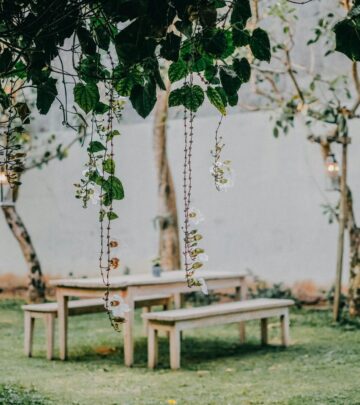
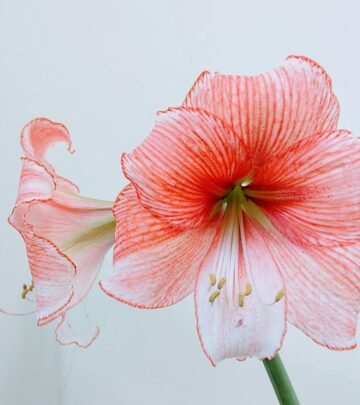
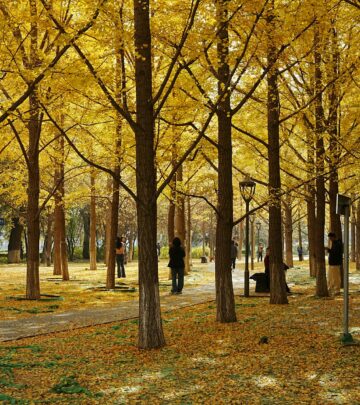
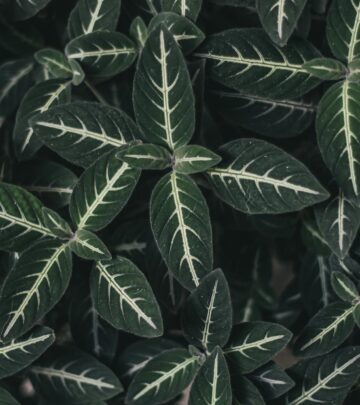
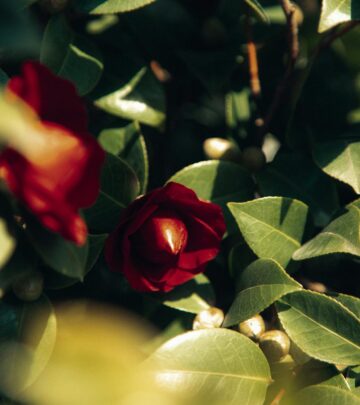
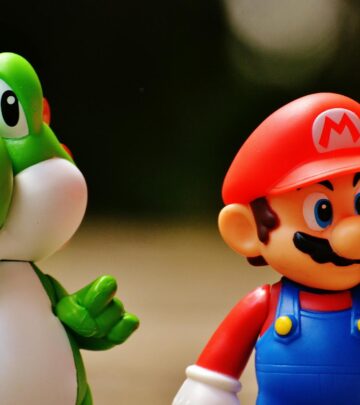



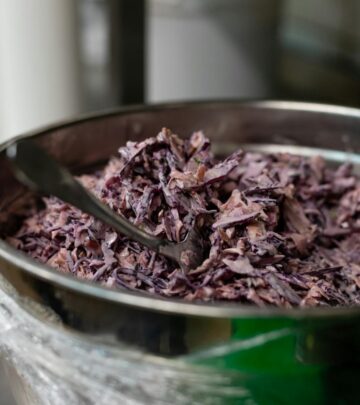






Community Experiences
Join the conversation and become a part of our empowering community! Share your stories, experiences, and insights to connect with other beauty, lifestyle, and health enthusiasts.